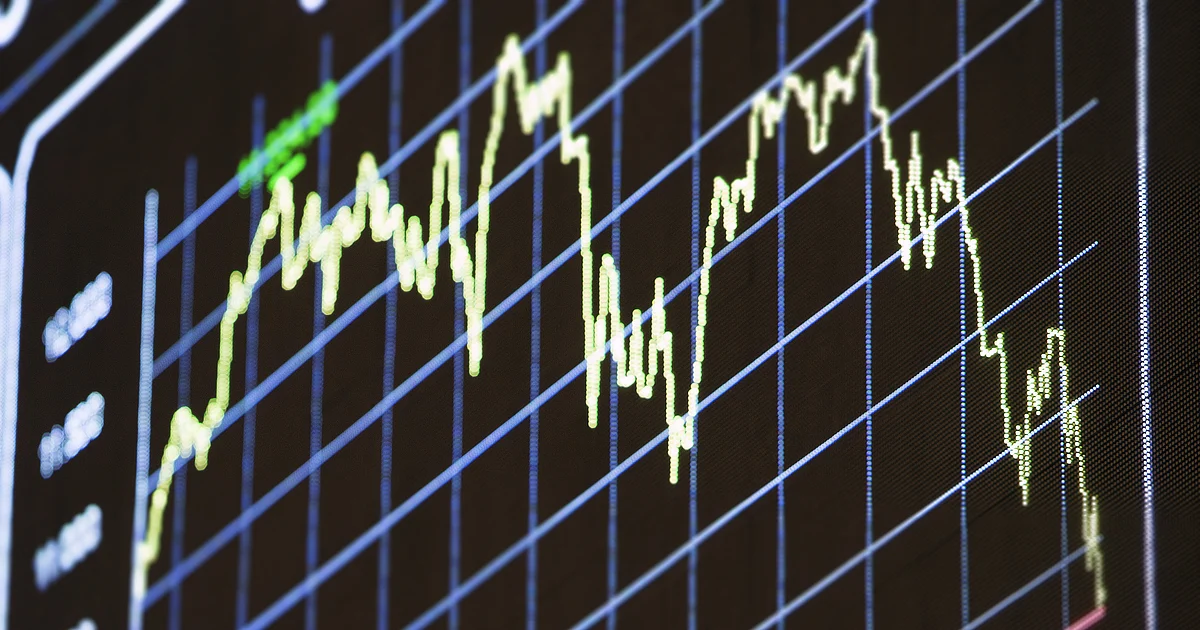Should your portfolio change as interest rates rise?
Nisreen Mamaji: Silver’s fortunes are more tied to the economic cycle due to higher industrial usage.
If you look at where silver is used, the allocation to industry is almost 50.7% and jewelry is just 17.8%; Silverware accounts for only 4.2%. Basically, the majority comes from industrial use.
EVs and the automation industry are poised to move at a CAGR of almost 22% over the period 2021-2025. So there is a use for silver. For solar energy, there are uses for silver, for the 5G rollout, and for semiconductors, cables, chips, and fuses. Photography has about 2.8%. So if you look at the bulk of silver consumption, it is for industry while 80% of gold is just for jewelry. Industrial demand will pick up, so silver and silver ETFs naturally play a role.
Second, silver will rally higher than gold as the economy picks up. So if inflation rises, silver will rise higher than gold since silver is considered a slightly better inflation hedge compared to gold.
On the supply-demand side, silver prices are responding better than gold prices. Most central governments, pension funds and large institutional investors will hold large gold reserves. Therefore, this gives stability to the price of gold but is not affected by economic decisions.
Silver also has a very weak positive correlation to stocks, bonds and commodities and as such gold would be a good vehicle to hold as a diversification tool.
Keeping these two views in mind, in the longer term, when the industrial use of silver is going to increase, we should definitely stay open-minded and introduce some amount of silver, either in a multi-asset form or in ETF form, vis-vers-to Gold, which has been our traditional hedging instrument.


Comments are closed.